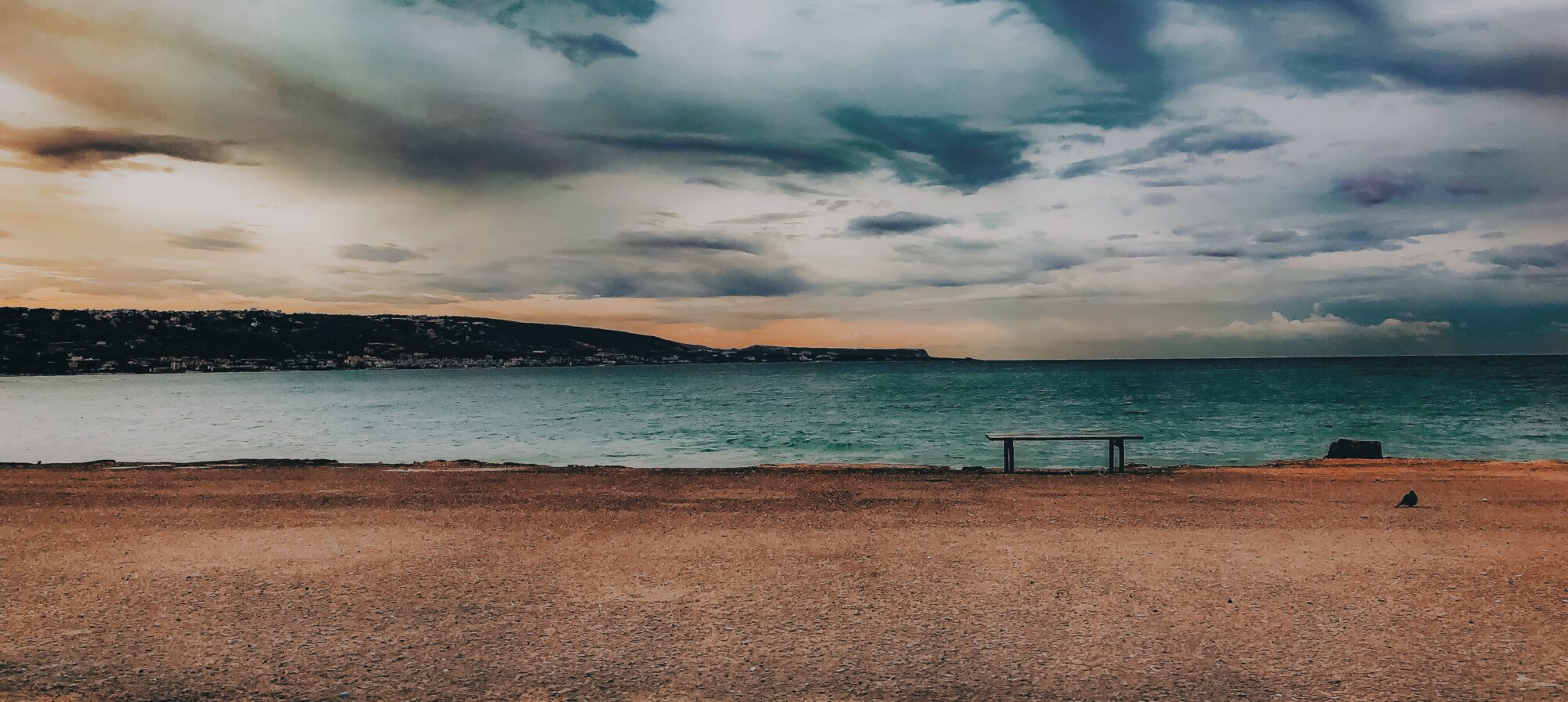
Decaying bodies have been washing up on the shores of Libya in recent days, a continued sign of both the tragedies related to the increase in migration across the Mediterranean and the inability of the EU to prevent them.
Africa News reports that 34 bodies have washed up on Libyan beaches in the last week, likely those of migrants who died at sea.
“For the second consecutive day, after the report of the sinking of a boat of migrants near the coast of Sabratha (west), 11 bodies were recovered and handed over to the authorities of the city … bringing the total number of bodies recovered to 34,” the Libyan Red Crescent (LRC) said on Facebook, AfricaNews reports.
The LRC found six bodies on the shores of Sabratha, 70 km west of the capital Tripoli, on Wednesday and 17 more on Sunday.
A security source in Tripoli also told the AFP, “An inflatable boat carrying dozens of migrants flipped over not far from the coast of Sabratha on Wednesday,” and that “the number of casualties could increase.”
The news site The Libya Update reported earlier in the month that Suleiman Al Harari, the head of the Interior Committee of the House of Representatives in the Tripoli-based, UN-recognised Government of National Unity, expressed “great frustration” with the European Union’s immigration policy.
According to the Libyan news outlet, Al Harari stressed that Libya “cannot address the crisis of immigration flows on behalf of Europe.” He was also frustrated with the EU Border Assistance Mission (EUBAM) to his country as it “did not provide anything tangible to tackle the scale of the challenges.”
He criticised the EU policy of expecting Libya to intercept migrants at sea, return them to land, and maintain them in detention centres.
He said that the migration authorities were not able to provide food and medical assistance to the thousands of illegal immigrants arriving in Libya nor maintain hygienic conditions and manage the outbreak of diseases in the infrastructure in which they are detained.
The horrific conditions of EU-funded detention centres in Libya have come under increasing international scrutiny in recent years, though the problem remains unresolved.
“The EU did something they carefully considered and planned for many years,” Salah Marghani, Libya’s Minister of Justice from 2012 to 2014, explained to journalist Ian Urbina in a report in The New Yorker in 2021. “Create a hellhole in Libya, with the idea of deterring people from heading to Europe.”
In response to the 2015 migrant crisis, the EU established the Emergency Trust Fund for Africa, which has since spent nearly six billion dollars, including for collaborating directly with Libya to create immigration systems to detain migrants in Africa.
It’s not working, as the rise in migration across the Mediterranean shows.
According to a UN report, the first quarter of 2023 has been the deadliest in six years for migrants taking the central Mediterranean route from Libya to Italy, with 441 known deaths by the end of March, though the number is likely higher as shown by the bodies just now washing up on shore.
Also, according to the UN report, investigations are still ongoing into several reports of so-called invisible shipwrecks, incidents when boats are reported missing but there are no records of survivors or search and rescue (SAR) operations.
“The fates of more than 300 people aboard those vessels remain unclear,” the Missing Immigrants Project said.
According to the UN and the NGO Alarm Phone, a hotline for migrants distressed at sea, many calls for assistance from migrant boats are simply never met with a response.
Regarding the latest shipwreck from which the bodies may have washed up on Libyan beaches, Alarm Phone claimed on Wednesday to have received a distress call from migrants on board an inflatable boat that was sinking off the coast of Libya with about 100 passengers on board.
It further claimed to have tried to contact “the so-called Libyan coast guard,” but without receiving a response.
